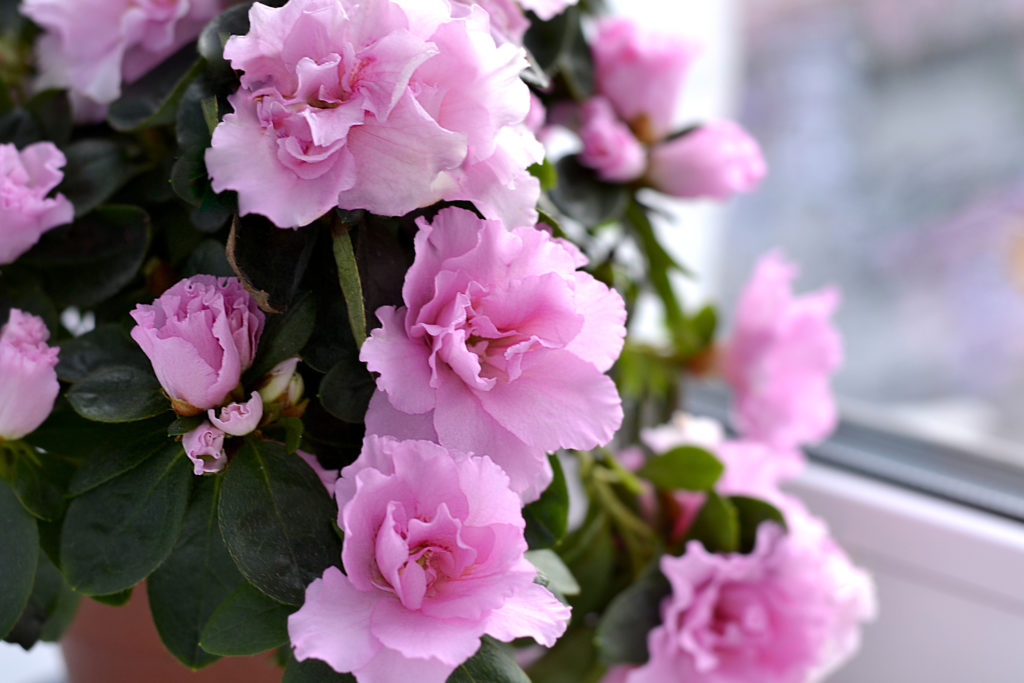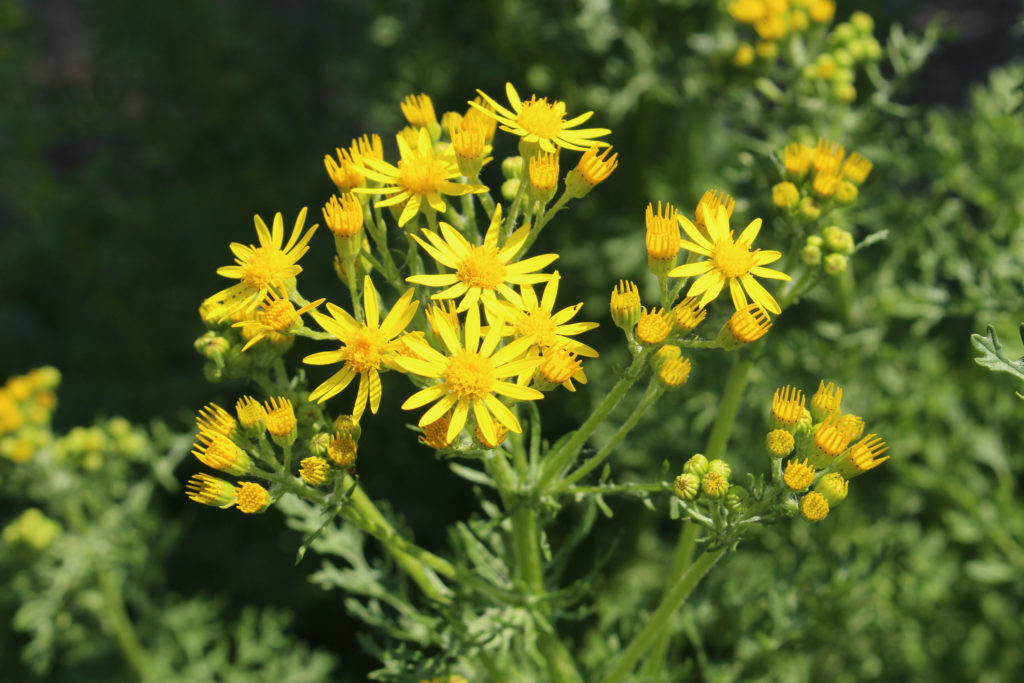
Spring has sprung, the first daffodils of the year are making an appearance, gardeners are simply itching to get out in the garden. The garden is one sanctuary we still have, but just how safe is your four-legged friend’s little haven?
Most adult dogs and cats don’t tend to be interested in eating plants, but that doesn’t mean they will never be tempted. Sometimes dogs that have an upset tummy will seek out grass to try to settle an upset tummy, but it is more likely that inquisitive puppies and kittens will make an attempt for your prized plants as they use their mouths to explore their territories.
Even if your pet doesn’t appear to be interested in the plants in your garden, we should be aware of any potential hazards.
Are a lot of plants dangerous?
It is surprising how many common garden plants can be harmful. Most of them would need to be eaten in large quantities so are unlikely to be problematic, others may just result in mild symptoms or an upset tummy for a day or two. Some are more of an irritant causing rashes or swelling.
Elephant ears or Bergenia can cause swelling in the mouth which can be life threatening if the airway becomes blocked. Pictured below…

PHOTO (above): Elephant ears or Bergenia
There are some plants that are so toxic they may be fatal if ingested, the majority will probably just result in mild symptoms or may be an irritant– and generally will be the same for dogs, cats and humans.
How will you know if your pet has eaten a toxic plant?
There are no typical symptoms, but symptoms can include;
If you suspect your pet has eaten something and is showing unusual signs or behaviours seek veterinary help ASAP, taking the suspect plant with you if possible.
Not all parts of the plants may be toxic. It might only be the fruit (berries and seeds), roots, bark or even the stem, but it is best to assume the whole plant is poisonous. Even our vegetable plots many contain plants that some parts may be harmful. Apricot kernels contain cyanide, Rhubarb leaves being one of the most obvious containing oxalic acid and can be fatal if eaten in quantity.
Often the name of the plant gives us a clue, for example, Deadly Nightshade, Wolfsbane and Dogbane, part of the Latin name ‘Apocynum’ means ‘away dog’.
What plants should you avoid having in your garden?
Some of our most popular and prettiest garden plants can be fatal including:
Daffodil and Amaryllis bulbs can cause vomiting, diarrhoea and can be fatal other bulbs can be problematic, remember to be vigilant at planting time as this is when they are likely to be available.
Aconitum, (Wolf’s bane) more commonly known as Monkshood (see below) is probably one of the most dangerous (and attractive) plant in our gardens. All parts are poisonous, the root was used historically to kill wolves.

PHOTO: Aconitum, (Wolf’s bane) more commonly known as Monkshood
Other garden plants which can be fatal (see image carousel below) include:


Photo: Azelea flowers

Photo: Castor Bean Plant

Photo (above) Orleander (dogbane)

Photo: Yew

Photo: Larkspur / Delphinium
Some wild plants can also prove fatal, as well as Deadly Nightshade and Ragwort (both pictured below) which can cause irreversible kidney and liver damage.

Photo (above) Deadly Nightshade (Belladona)

Photo (above): Ragwort
There are plenty of plants that are safe to have in your garden and provide enrichment for your pets but it is always advisable to do your research when designing your garden.
No query is too small for our Nutrition Team, so please fire away!







